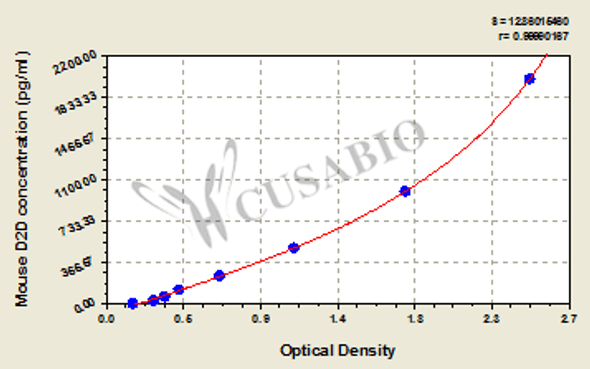Description
Prolonged exposure to solar UV radiation may result in harmful acute and chronic effects to the skin (including skin cancers), eye, and immune system. These harmful effects appear to be closely related to UV-induced DNA damage. Indeed, UV-induced DNA damage plays significant roles in cell-cycle arrest, activation of DNA repair, cell killing, mutation, and neoplastic transformation. The major types of DNA damage induced by solar UV radiation are cyclobutane pyrimidine dimers (CPDs), (6–4) photoproducts (6-4PPs), and Dewar valence isomers of 6-4PPs (Dewar photoproducts; DewarPPs) formed between adjacent pyrimidine nucleotides on the same DNA strand. Approximately 70-80% of UV-induced DNA damage is CPDs and the remaining is 6-4PPs and Dewar isomers of 6-4PPs. DewarPPs are produced by the photoisomerization of 6-4PPs by UV radiation around 325 nm. In normal human cells these types of DNA lesions are repaired by nucleotide excision repair (NER).
To better study molecular events surrounding UV-induced DNA damage and repair, Mori et al. previously developed and characterized monoclonal antibody (mAb) specific for CPDs and mAb specific for 6-4PPs (1) while Matsunaga et al. developed and characterized mAb specific for DewarPPs (2). Three of these antibodies (CPDs: clone TDM-2; 6-4PPs: clone 64M-2; DewarPPs: clone DEM-1) continue to be cited frequently in the literature, often for use in ELISA.
This High Sensitivity Cyclobutane Pyrimidine Dimers (CPDs) ELISA Kit is the only commercially available ELISA utilizing anti-CPDs clone TDM-2 and has been optimized for high sensitivity detection of CPDs in DNA purified from cultured cells or from skin epidermis. This ELISA detects CPDs from dipyrimidines in all DNA sequence contexts (i.e., TT, TC, CT and CC). Thus, the availability and convenience of this ELISA Kit will contribute to further understanding molecular mechanisms involved in cellular responses to UV radiation and DNA damage with applications across many research fields including cancer research, photobiology, dermatology, ophthalmology, immunology, and cosmetics science.
References:
1) Yamamoto, A., et al., DNA Repair, 6, 649-657 (2007).
2) Matsumoto, M., et al., J. Cell Sci., 120, 1104-1112 (2007).
3) Yasuda, G., et al., Mol. Cell. Biol., 27, 6606-6614 (2007).
4) Sugasawa, K., et al., Cell 121, 387-400 (2005).
5) Nishiwaki, Y., et al., J. Invest. Dermatol. 122, 526-532 (2004).
6) Imoto, K., et al., J. Invest. Dermatol. 119, 1177-7782 (2002).
7) Wakasugi, M., et al., J. Biol. Chem., 277, 1637-1640 (2002).
8) Kobayashi, N., et al., Pigment Cell Res. 14, 94-102 (2001).
9) Katsumi, S., et al., J. Invest. Dermatol. 117, 1156-1161 (2001).
10) Otoshi, E., et al., Cancer Res. 60, 1729-1735 (2000).
11) Nakagawa, A., et al., J. Invest. Dermatol. 110, 143-148 (1998).
12) Kobayashi, N., et al., J. Invest. Dermatol. 110, 806-810 (1998).
13) Komatsu, Y., et al., Nucleic Acids Res. 25, 3889-3894 (1997).
14) Nakane, H., et al., Nature 377, 165-168 (1995).
15) Todo, T., et al., Nature 361, 371-374 (1993).
16) Kobayashi, N., et al., J. Invest. Dermatol. 101, 685-689 (1993).
17) Potten, C.S., et al., Int. J. Radiat. Biol. 63, 313-324 (1993).
18) Matsunaga, T., et al., Photochem. Photobiol. 54, 403-410 (1991).
19) Mori, T., et al., Photochem. Photobiol. 54, 225-232 (1991).
More than 200 papers using TDM-2 and 64M-2 antibodies have been published so far.






